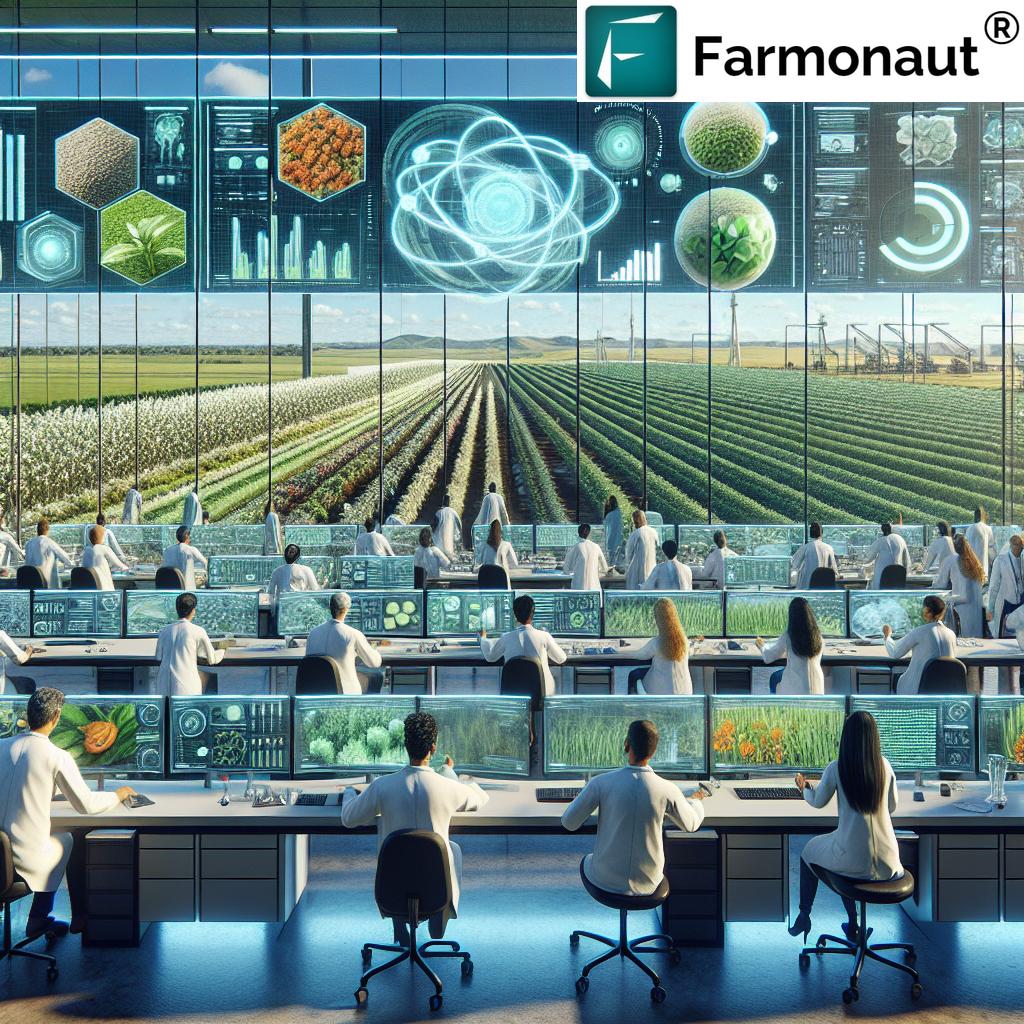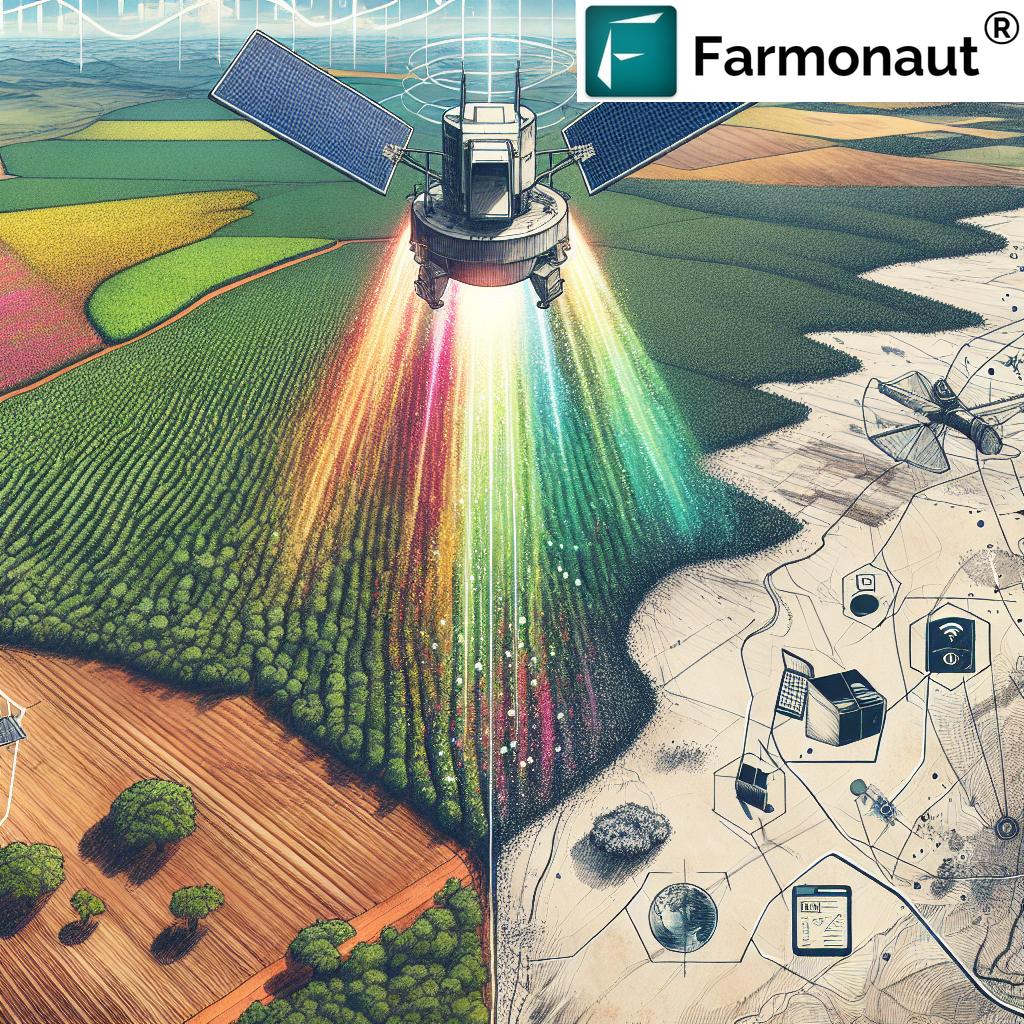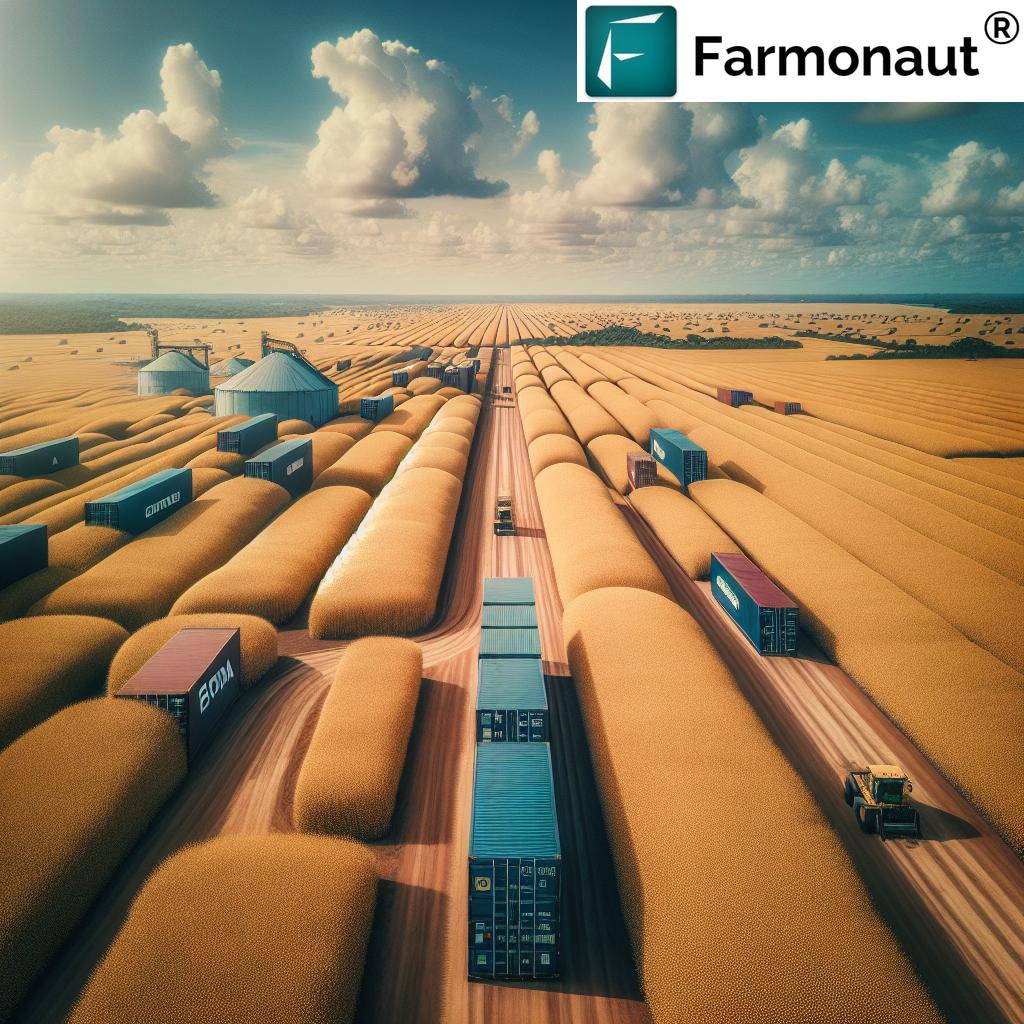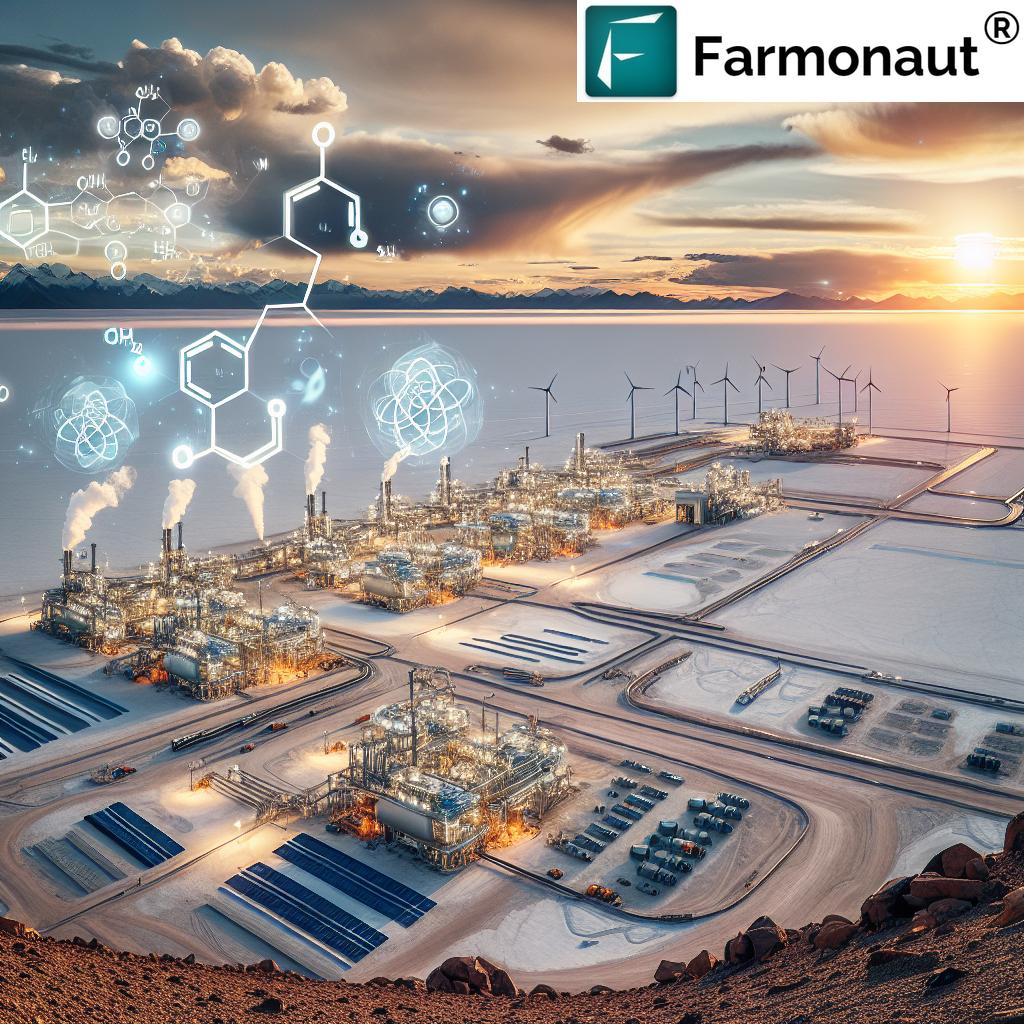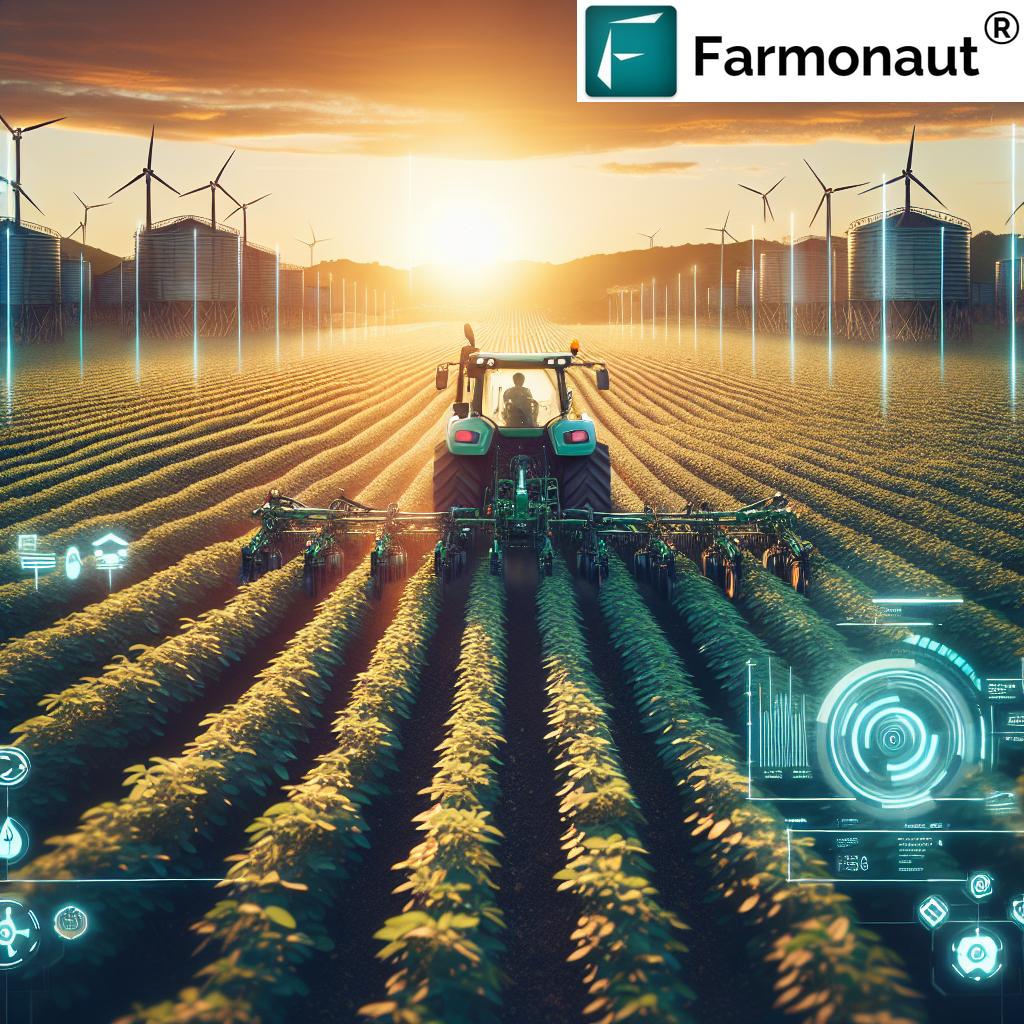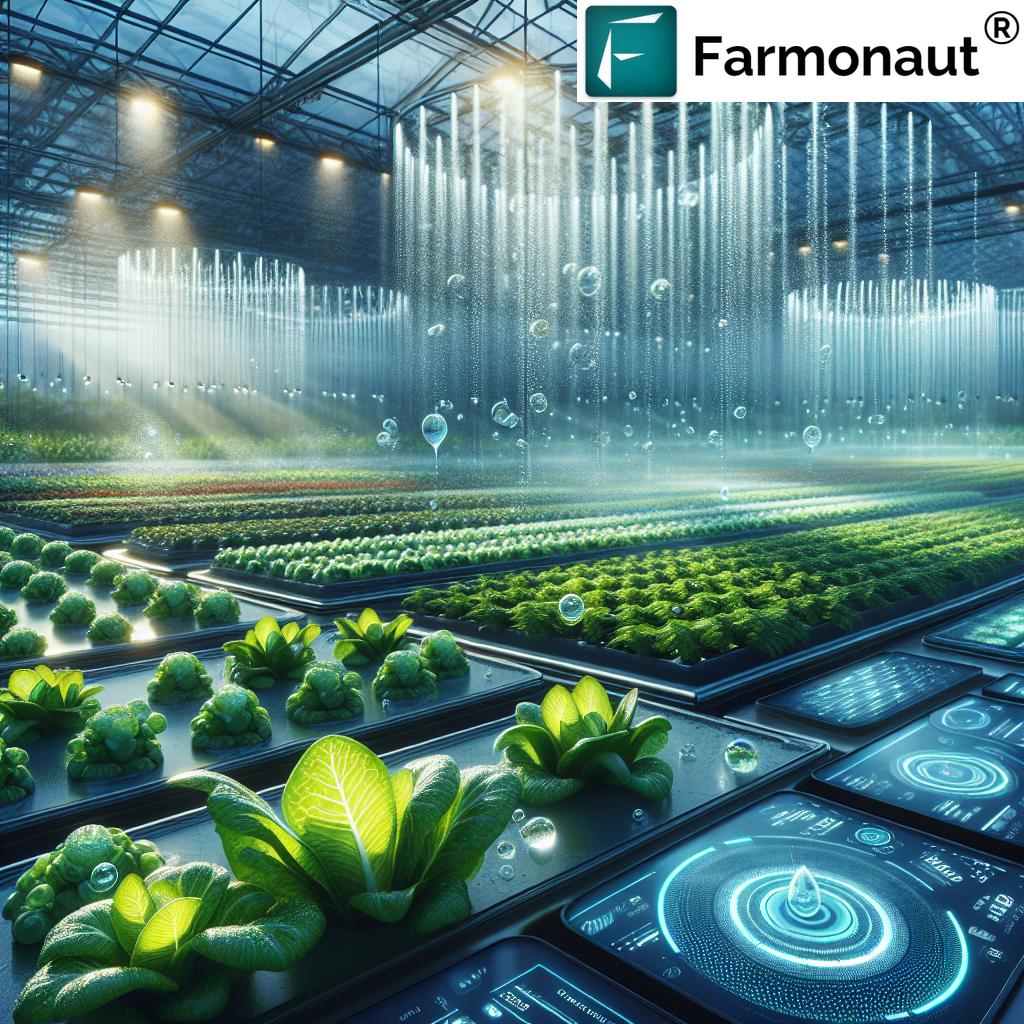Aquaculture Digital Tools Boost Agricultura Digital no Brasil: The Digital Transformation in Brazilian Aquaculture for 2025
“Brazil’s aquaculture digital market is projected to grow by 17% annually, revolutionizing sustainable fish farming by 2025.”
Aquaculture Digital Tools: A Transformative Force in Brazil
In recent years, Brazil has emerged as a leader in agricultural innovation, with digital adoption and advanced technologies revolutionizing every facet of food production. As we approach 2025, these innovations have reached the heart of the country’s aquaculture sector—the farming of aquatic organisms like fish and crustaceans—fueling a blue revolution that is both sustainable and efficient.
The integration of aquaculture digital tools and the broader aquaculture digital transformation are seen as major driving forces that are shaping the future of agricultura digital no Brasil. These advancements are not only boosting production and efficiency but are also setting new global standards for environmental responsibility and innovation. This blog explores how these digital tools are revitalizing aquaculture in Brazil, the challenges addressed, and the transformative outlook for 2025.
The Historical and Economic Role of Aquaculture in Brazil
Aquaculture in Brazil has historically played a pivotal role in food security and the economic development of rural regions. Especially in water-rich regions such as the Amazon Basin and the Northeast coast, aquaculture provides vital employment, supplements diets, and drives local economies. Brazil is blessed with abundant resources—notably, extensive river systems and diverse ecological zones ideal for farming fish, crustaceans, and mollusks.
However, traditional methods of farming have reached their limits due to several challenges:
- Over-reliance on manual monitoring
- Limited access to real-time data and predictive insights
- Exposure to outbreaks of disease and fluctuating environmental conditions
- Lower efficiency and inconsistent production yields
- Growing environmental concerns over water quality and sustainable practices
These challenges have created a critical need for a comprehensive solution. Enter the era of digital transformation, where advanced technology meets sustainable practices for the next generation of Brazilian aquaculture.
Aquaculture Digital Transformation in Brazil: 2025 Landscape
The shift towards aquaculture digital transformation in Brazil is being driven largely by rapid adoption of digital tools and unprecedented innovation. This transformation is democratizing access to technology, allowing even smallholder farmers to harness data and boost productivity within their operations.
The strategic deployment of IoT (Internet of Things), AI (Artificial Intelligence), automation systems, and cloud computing platforms are revolutionizing how production sites are managed. Whether it’s optimizing feeding schedules or remotely monitoring water quality, digital solutions are at the core of improved management and sustainable growth.
Recent years have seen:
- The extensive deployment of sensors in fishponds and cages across the country
- Integration of cloud-based analytics for real-time decision-making
- Growth in mobile applications and farmer-focused digital platforms
- A surge of startups offering tailored solutions for Brazil’s aquaculture digital market
These advances are expected only to accelerate by 2025, placing Brazil at the forefront of the blue revolution powered by technology.
IoT, AI, and Automation: Core Technologies of Aquaculture Digital Transformation
One of the core drivers of the aquaculture digital transformation is the strategic deployment of IoT devices and sensors. These devices are installed throughout fishponds and aquaculture cages, working continuously to collect data on critical parameters:
- Water temperature
- pH levels
- Dissolved oxygen levels
- Ammonia levels
This real-time data flows into cloud computing platforms and is analyzed by advanced artificial intelligence tools to provide predictive analytics—for example, to foresee harmful conditions such as hypoxia or the risk of infectious disease outbreaks in aquatic populations.
Automation Systems for Feeding and Resource Optimization
Automation is reshaping feeding practices and resource management in the sector. Smart feeding systems, powered by algorithms, ensure that aquatic organisms such as fish and crustaceans receive optimal nutrition—minimizing waste and maximizing growth. This precision feeding is revolutionizing the efficiency of operations and helping to reduce nutrient runoff, directly contributing to environmental sustainability.
Remote Sensing and AI for Health and Growth Monitoring
Sophisticated remote sensing and machine learning techniques are increasingly being used for the continuous monitoring of fish health, early detection of stress factors, and rapid intervention in the face of potential disease outbreaks or poor quality water.
Blockchain for Aquaculture Traceability
Blockchain-like digital ledgers are enhancing supply chain management, allowing for transparent, tamper-proof traceability from hatchery to market, as well as compliance with international standards for responsibly produced food.
Digital Management Platforms and Farmer Empowerment
Mobile applications and digital dashboards play a pivotal role in democratizing access to accurate and actionable information for Brazilian fish farmers—from the Amazon to the Northeast Coast. Even producers in remote regions can now leverage:
- Weather forecasts and alerts
- Market prices and demand trends
- Efficient supply chain logistics
- Operational management tools
- Real-time updates on disease risks and water quality
These platforms foster inclusivity by bridging technical expertise gaps. Smallholder farmers—traditionally left out of major technological movements—now gain direct access to knowledge and decision-making support.
“Over 65% of Brazilian aquaculture producers will use digital tools for production management by 2025.”
Government Policy and Innovation Hubs: Scaling the Digital Revolution
The Brazilian government has recognized the transformative impact of digital tools on agricultural and aquaculture sectors. Policy initiatives—such as the Plano Nacional de Aquicultura (National Aquaculture Plan)—actively encourage adoption of advanced technologies, integration of data platforms, and the creation of innovation hubs.
- These policies aim for scalability—ensuring that not just large industrial producers but small and medium farmers benefit from the digital transformation.
- Emphasis is placed on sustainable practices, responsible environmental management, traceability, and meeting global food security standards.
- Startups and agri-tech companies are incentivized to offer solutions designed for the unique conditions and challenges faced by Brazil’s aquaculture sector.
Environmental Impact, Traceability, and Sustainability
A fundamental aspect of the aquaculture digital transformation in Brazil is its potential for sustainability. Digital tools significantly elevate environmental responsibility through:
- Precision site selection via GIS mapping (geographic information systems) to avoid sensitive habitats
- Traceability platforms for compliance with environmentally responsible certifications
- Resource optimization to minimize water and energy use, nutrient runoff, and emissions
- Rapid identification and containment of outbreaks or harmful conditions (e.g., hypoxia, algal blooms)
Improved traceability is especially crucial for meeting the demands of the modern global market for seafood. International buyers and consumers are increasingly asking for certified sustainable products—a standard more easily met through transparent and integrated digital management.
Comparative Table: Impact of Main Digital Tools in Brazilian Aquaculture
Below, we present a comprehensive table comparing the main types of aquaculture digital tools currently available in Brazil, their *functionality*, estimated *benefits*, and *innovation level*—as well as their *perspectives for 2025*. This table will help you quickly understand how aquaculture digital transformation is expected to shape the sector.
| Nome da Ferramenta | Função Principal | Aplicação na Aquicultura | Benefícios Estimados | Nível de Inovação | Perspectivas para 2025 |
|---|---|---|---|---|---|
| Sensores IoT de Qualidade da Água | Monitorar temperatura, pH, oxigênio dissolvido, amônia | Aquários, viveiros, tanques-rede | +20% produtividade, -30% surtos de doenças | Alto | Uso massivo, integração IoT em 70% das fazendas |
| Plataformas de Monitoramento Satelital | Imagens remotas, análise de crescimento e estado | Piscicultura, monitoramento de biomassa | +25% eficiência, ajustes preventivos | Alto | Expansão do uso para rastreabilidade total |
| Sistemas de Alimentação Automatizada | Feeding preciso via algoritmos/automações | Tanques-rede, viveiros, RAS | -35% desperdício de ração, +18% crescimento | Médio | Presente em pequenas e grandes operações |
| Dashboards Digitais e Apps de Gestão | Gestão operacional, alertas, relatórios integrados | Controle de estoque, logística, saúde animal | -15% custos operacionais, capacitação dos produtores | Médio/Alto | Inclusão digital generalizada, integração total até 2025 |
| Plataformas de Blockchain e Rastreabilidade | Controle de cadeia e certificação digital | Transparência do produtor ao consumidor | Maior valor agregado, acesso a mercados premium | Alto | Padrão exigido para exportação |
| Plataformas Analíticas de Inteligência Artificial | Análise de dados e predição de doenças/crescimento | Todos os sistemas aquícolas | +30% eficiência, ações preventivas personalizadas | Alto | Expansão do uso até pequenas propriedades |
Our Role at Farmonaut: Satellite, AI & Blockchain for Aquaculture Digital Transformation
At Farmonaut, we are dedicated to empowering the digital transformation of Brazilian aquaculture with the goal of making advanced technology both affordable and accessible. Our suite of satellite-based solutions, combined with AI advisory, blockchain traceability, and real-time monitoring, helps aquaculture operators optimize production, minimize environmental impact, and remain ahead in a rapidly evolving sector.
- Satellite-Based Monitoring: We enable real-time environmental and resource monitoring for aquaculture sites using multispectral imagery, helping producers make informed decisions for resource allocation, operational efficiency, and sustainability.
- Jeevn AI Advisory System: Our AI-driven system provides real-time insights and forecasts, supporting informed strategies to enhance productivity and reduce risks in aquatic farming.
- Blockchain Traceability: Through our traceability platform, operators can assure global markets of responsible and documented supply chains.
- Environmental Tracking: With our carbon footprinting platform, aquaculture producers can monitor, manage, and reduce their environmental impact, ensuring compliance with national and global standards.
- Resource and Fleet Management: Via our fleet management tools, operators streamline logistics, reduce costs, and ensure safety across geographically distributed operations.
- API Integration: For customized and scalable deployments, our extensive APIs integrate satellite monitoring and AI analytics directly into management or logistic platforms. Find developer documentation here.
Accessing our platform is seamless through:



For developers and enterprise integration, explore our API offering or access documentation for implementation here.
Future Trends: 2025 and Beyond for Agricultura Digital no Brasil
Looking beyond 2025, the continued integration of digital technologies is expected to further transform Brazil’s aquaculture sector:
- Genetic improvement programs leveraging large datasets for data-driven selective breeding, which enhance disease resistance and growth rates.
- More widespread use of blockchain and digital ledgers for transparent supply management and product certification.
- Greater automation in logistics and feeding—reducing operational costs and labor requirements.
- Cross-platform integration of satellite, IoT, and AI-driven platforms for real-time monitoring from pond to plate.
- Increased access to digital literacy and knowledge-sharing for rural communities, amplifying inclusivity and regional development.
- Expansion into new value chains such as aquaponics, combining fish farming with crop cultivation using recycled water and nutrients.
These advances ensure a more sustainable, efficient, and responsible aquaculture sector—not just for Brazil but as a model for the global blue revolution.
Aquaculture Digital Transformation in Brazil FAQs
1. What are aquaculture digital tools and why are they important for Brazil?
Aquaculture digital tools are advanced hardware, software, and integrated platforms—such as IoT sensors, cloud management platforms, AI-driven advisory, and blockchain traceability tools—that improve management, efficiency, sustainability, and traceability in aquatic farming. For Brazil, they are key to optimizing production, boosting environmental sustainability, and maintaining global market competitiveness as we approach 2025.
2. How do sensors and IoT work in Brazilian aquaculture?
Sensors monitor crucial water parameters (temperature, pH, dissolved oxygen, ammonia) 24/7, ensuring healthy environments for fish, crustaceans, and mollusks. IoT devices send real-time data to digital platforms, supporting quick action and predictive analytics.
3. What is the role of AI in aquaculture digital transformation?
Artificial Intelligence (AI) helps analyze massive data sets to predict risks, optimize feeding, detect early signs of disease or water quality changes, and recommend preventive or corrective actions for improved efficiency and sustainability.
4. Does digital transformation help smallholder or only large commercial farmers?
Digital platforms, mobile apps, and automation democratize access to information and tools, bridging technical capability gaps so that even smallholder producers in regions like the Amazon and Northeast can benefit.
5. How do blockchain platforms support sustainable aquaculture?
Blockchain creates secure, transparent digital records for every step in the production and supply chain. This improves traceability, enhances consumer and buyer confidence, and supports compliance with international sustainable seafood standards.
6. What solutions does Farmonaut offer specifically for aquaculture?
We offer satellite-based real-time monitoring, AI-powered insights (Jeevn AI), blockchain traceability, carbon footprint tracking, and fleet management—all accessible via Android, iOS, browser, or API. Our tools help users monitor fish health, optimize farm management, ensure supply chain transparency, and meet sustainability goals.
7. How will aquaculture digital transformation shape Brazilian food security for 2025 and beyond?
By improving production yields, reducing losses from disease, streamlining supply chains, and meeting global standards for sustainability and traceability, aquaculture digital transformation plays a crucial role in ensuring long-term food security, rural development, and environmental responsibility in Brazil and beyond.
Conclusion: Pioneering a Sustainable and Efficient Blue Revolution
The digital transformation of aquaculture within the broader context of agricultura digital no Brasil is catalyzing a new era of sustainable, efficient, and inclusive aquatic food production. Through a forward-looking approach—anchored in IoT, AI, automation, and accessible digital platforms—Brazil is rapidly positioning itself at the global forefront of responsible innovation in the blue economy sector for 2025 and beyond.


